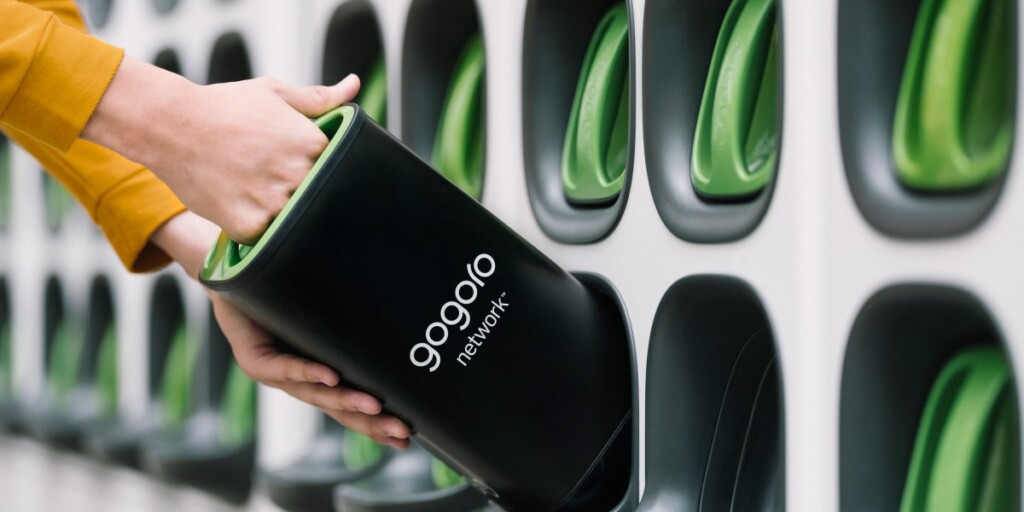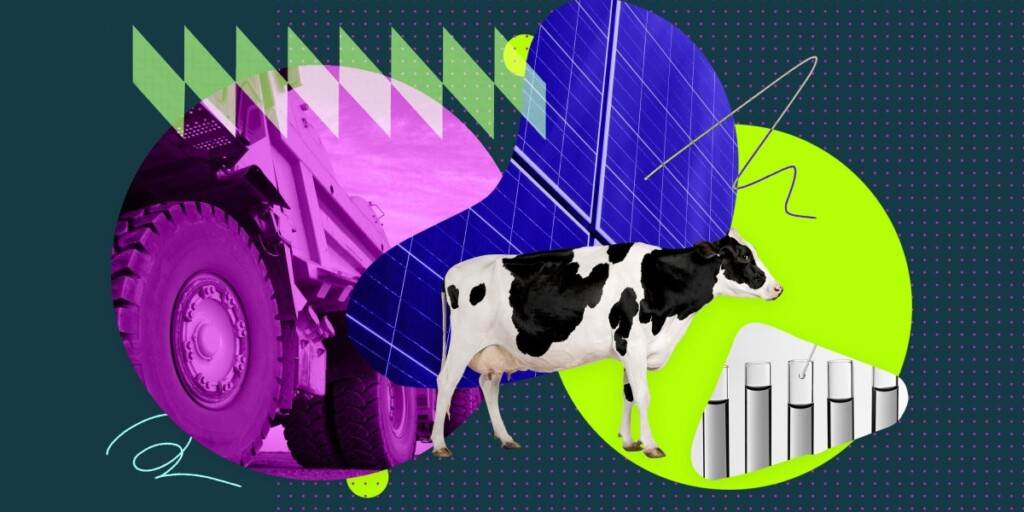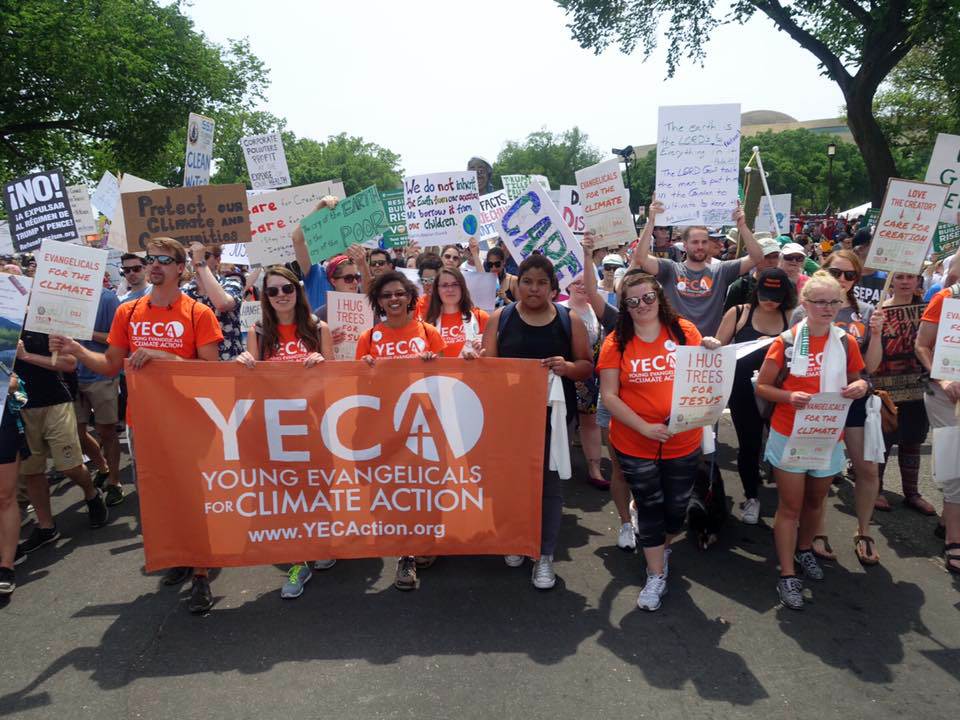Tag Archives: CLIMATE
02
Oct
2024 Climate Tech Companies to Watch: Gogoro and its battery-swapping network for electric scooters
Technology tamfitronics Electric vehicles can take a long time to charge up, and places to do so can be hard to find. Gogoro’s ...
24
Sep
Coming soon: Our 2024 list of 15 Climate Tech Companies to Watch
Technology tamfitronics The work these companies are doing is needed now more than ever. Global warming appears to be accelerating. The...
10
Sep
In election year, climate faith leaders urge voters to make environment a priority
Politics tamfitronics (RNS) — Only about 4 in 10 American voters say global warming will be “very important” when the...
07
Aug
London Climate Technology Show: Premier Speaker, Exhibitor line-up Make it Must-attend
Technology tamfitronics LONDON, Aug 7, 2024 - (ACN Newswire) - The 3rd edition of the London Climate Technology Show is set to be its m...






 Hot Deals
Hot Deals Shopfinish
Shopfinish Shop
Shop Appliances
Appliances Babies & Kids
Babies & Kids Best Selling
Best Selling Books
Books Consumer Electronics
Consumer Electronics Furniture
Furniture Home & Kitchen
Home & Kitchen Jewelry
Jewelry Luxury & Beauty
Luxury & Beauty Shoes
Shoes Training & Certifications
Training & Certifications Wears & Clothings
Wears & Clothings




